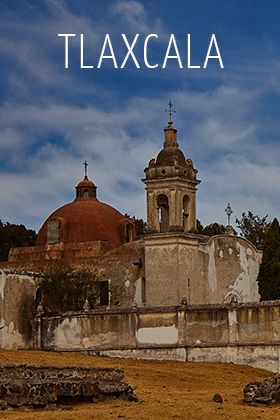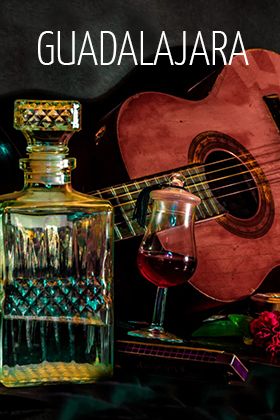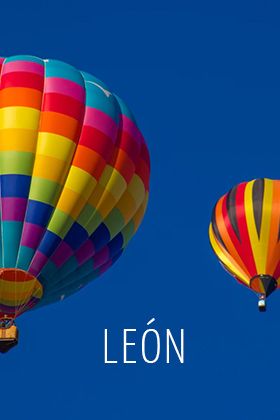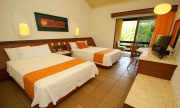Pendiente
by: Travel by México

Pendiente
by: Travel by México
In 1869, Benito Juarez created the state of Hidalgo and appointed Pachuca as the state capital. It is commonly called La Bella Airosa (the Beautiful Windy) because of the winds that take place between June and October which can reach up to 75 km an hour. It has a temperate semi-cold climate with rains in the summer and an average annual temperature of 16ºC (61 F).
The town of Pachuca de Soto covers an area of 195.30 square km, and is bordered on the north by Mineral del Chico and Mineral del Monte, on the south by Zempoala and Zapotlan de Juarez, on the east by Mineral de la Reforma and Epazoyucan, and to the west with San Augustine Tlaxiaca.
During pre-Hispanic times, the former Pachuca was the only route to reach the cities of Tula, Atotonilco and Tulancingo. At first, the territory was inhabited by the Chichimecas who then called it Njunthe.But it was after the triple alliance in 1430 that joined the Aztecs with the people of Texcoco and Tacubaya, when it was divided and came under the dominion of Tenochtitlan. In 1552, the Spanish discovered large deposits of silver, and in 1555, Bartolome de Medina, a wealthy merchant from Seville, invented the method of using mercury amalgamation for the benefit of extracting silver. It is a method of extracting precious metals from their ores by treatment with mercury to form an amalgam.
This was the most important development of mining in the New World. During the period of the Independence Movement of Mexico the mines were abandoned, but their wealth did not go unnoticed by the British who got a lease from the third Count of Regla in 1824, and exploited the mines until 1848 when the Company of Real del Monte and Pachuca was officially created with U.S. and Mexican capital.
Today, Pachuca remains an important mining center and provides more than 60% of the state’s total gold production, and 50% of the silver production. While walking through the historic center of town, you can admire the old mining buildings, of which 500 are classified as historical monuments. And you can take in the various wonders of civil and religious architecture such as El Reloj Monumental (Monumental Clock), the Casa del Conde de Rule (City government), the Cajas Reales building, the Convento de San Francisco, the Basilica Menor de Nuestra Señora de Guadalupe, the Methodist Temple, and the Capilla de la Asuncion.
In Pachuca you can visit various museums and recreational parks such as the Mineralogy Museum, the Historical Archives and Museum of Mining, the Regional Museum of History, National Museum of Photography, the Casasola Archive, El Rehilete Museum and Hidalgo Planetarium, and Dinoparque. Did you know that the National Photographic Library of Pachuca contains the most important photographic collection of Mexico? It consists of more than 850,000 original photographs that provide an overview of the last 160 years of photography in Mexico. Pachuca’s local crafts include beautiful handmade silver jewelry, pottery, embroidery and weavings, furniture, leather goods and more.
And when it comes to food, so many traditional dishes need mentioning such as; the pastes and panesdes of British origin, introduced to the cuisine of Hidalgo and filled with different combinations of ingredients like chicken, potato and leek, beef, pineapple, etc., enchiladas mineras, slow cooked barbecue lamb wrapped in maguey leaves baked underground, and mixiotes with enchilada beef, chicken, rabbit or lamb, among other delicacies.
Pachuca’s name is closely linked with football as it has its own club, which has a first division professional football team called The Tuzos of Pachuca. In addition to its own Philharmonic Orchestra, Pachuca is home to numerous theaters and cultural centers: Teatro de la Ciudad or San Francisco, Teatro Gota de Plata, Teatro Bartolome de Medina, Poliforum Jose María Morelos y Pavon, Forum Cultural Efren Rebolled,, the Railway Cultural Center, and the Hidalgo Cultural Center and School of Arts.
Outside of Pachuca, we recommend visiting the archaeological site of Tula (90 km), the Mineral del Chico National Park (20 km), and the town of Molango.
r09















